2-Chloroacetamide

2-Chloroacetamide structure
|
Common Name | 2-Chloroacetamide | ||
|---|---|---|---|---|
| CAS Number | 79-07-2 | Molecular Weight | 93.512 | |
| Density | 1.3±0.1 g/cm3 | Boiling Point | 256.0±13.0 °C at 760 mmHg | |
| Molecular Formula | C2H4ClNO | Melting Point | 116-118 °C(lit.) | |
| MSDS | Chinese USA | Flash Point | 108.6±19.8 °C | |
| Symbol |


GHS06, GHS08 |
Signal Word | Danger | |
Use of 2-Chloroacetamide2-Chloroacetamide is a preservative and is a herbicide for both uplands and paddy fields. 2-Chloroacetamide is a biocide in agriculture, glues, paints and coatings. 2-Chloroacetamide inhibits very-long-chain fatty acid elongase[1][2][3]. |
| Name | Chloroacetamide |
|---|---|
| Synonym | More Synonyms |
| Description | 2-Chloroacetamide is a preservative and is a herbicide for both uplands and paddy fields. 2-Chloroacetamide is a biocide in agriculture, glues, paints and coatings. 2-Chloroacetamide inhibits very-long-chain fatty acid elongase[1][2][3]. |
|---|---|
| Related Catalog | |
| References |
[2]. A Fonia, et al. Active Sensitization to Chloracetamide. Contact Dermatitis. 2009 Jan;60(1):58-9. |
| Density | 1.3±0.1 g/cm3 |
|---|---|
| Boiling Point | 256.0±13.0 °C at 760 mmHg |
| Melting Point | 116-118 °C(lit.) |
| Molecular Formula | C2H4ClNO |
| Molecular Weight | 93.512 |
| Flash Point | 108.6±19.8 °C |
| Exact Mass | 92.998138 |
| PSA | 43.09000 |
| LogP | -0.85 |
| Vapour Pressure | 0.0±0.5 mmHg at 25°C |
| Index of Refraction | 1.448 |
| InChIKey | VXIVSQZSERGHQP-UHFFFAOYSA-N |
| SMILES | NC(=O)CCl |
CHEMICAL IDENTIFICATION
HEALTH HAZARD DATAACUTE TOXICITY DATA
MUTATION DATA
|
| Symbol |


GHS06, GHS08 |
|---|---|
| Signal Word | Danger |
| Hazard Statements | H301-H317-H361f |
| Precautionary Statements | P201-P280-P301 + P310 + P330-P308 + P313-P333 + P313 |
| Personal Protective Equipment | Eyeshields;Faceshields;full-face particle respirator type N100 (US);Gloves;respirator cartridge type N100 (US);type P1 (EN143) respirator filter;type P3 (EN 143) respirator cartridges |
| Hazard Codes | T:Toxic |
| Risk Phrases | R25;R43;R62 |
| Safety Phrases | S22-S36/37-S45 |
| RIDADR | UN 2811 6.1/PG 3 |
| WGK Germany | 2 |
| RTECS | AB5075000 |
| Packaging Group | III |
| Hazard Class | 6.1 |
| HS Code | 29241900 |
| Precursor 9 | |
|---|---|
| DownStream 10 | |
| HS Code | 2924199090 |
|---|---|
| Summary | 2924199090. other acyclic amides (including acyclic carbamates) and their derivatives; salts thereof. VAT:17.0%. Tax rebate rate:13.0%. . MFN tariff:6.5%. General tariff:30.0% |
|
miR-1236 down-regulates alpha-fetoprotein, thus causing PTEN accumulation, which inhibits the PI3K/Akt pathway and malignant phenotype in hepatoma cells.
Oncotarget 6(8) , 6014-28, (2015) Alpha fetoprotein (AFP) is a clinical biomarker of hepatocellular carcinoma (HCC). Here, we found that miR-1236 is down-regulated, whereas AFP is highly expressed in HCC tissues and cells. We demonstr... |
|
|
Binding to serine 65-phosphorylated ubiquitin primes Parkin for optimal PINK1-dependent phosphorylation and activation.
EMBO Rep. 16 , 939-54, (2015) Mutations in the mitochondrial protein kinase PINK1 are associated with autosomal recessive Parkinson disease (PD). We and other groups have reported that PINK1 activates Parkin E3 ligase activity bot... |
|
|
Controlled sumoylation of the mevalonate pathway enzyme HMGS-1 regulates metabolism during aging.
Proc. Natl. Acad. Sci. U. S. A. 111(37) , E3880-9, (2014) Many metabolic pathways are critically regulated during development and aging but little is known about the molecular mechanisms underlying this regulation. One key metabolic cascade in eukaryotes is ... |
| EINECS 201-174-2 |
| 2-Chloroacetamide |
| Acetamide, 2-chloro- |
| MFCD00008027 |
 CAS#:79-04-9
CAS#:79-04-9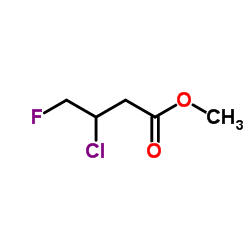 CAS#:541-88-8
CAS#:541-88-8 CAS#:96-34-4
CAS#:96-34-4 CAS#:598-42-5
CAS#:598-42-5 CAS#:35070-77-0
CAS#:35070-77-0 CAS#:7732-18-5
CAS#:7732-18-5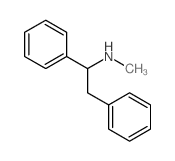 CAS#:53663-25-5
CAS#:53663-25-5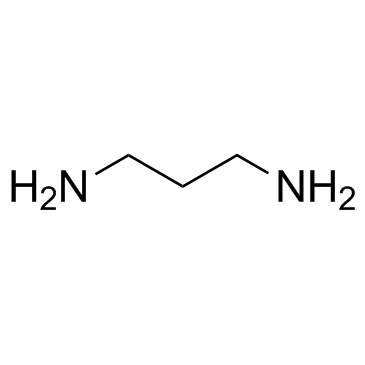 CAS#:109-76-2
CAS#:109-76-2 CAS#:107-14-2
CAS#:107-14-2![2-[(2-methyl-5-nitro-1H-imidazol-4-yl)sulfanyl]acetamide structure](https://image.chemsrc.com/caspic/365/110578-98-8.png) CAS#:110578-98-8
CAS#:110578-98-8 CAS#:110578-99-9
CAS#:110578-99-9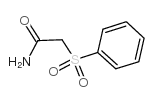 CAS#:35008-50-5
CAS#:35008-50-5 CAS#:59564-59-9
CAS#:59564-59-9 CAS#:39796-49-1
CAS#:39796-49-1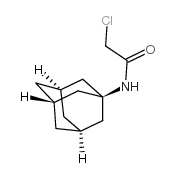 CAS#:5689-59-8
CAS#:5689-59-8 CAS#:39522-26-4
CAS#:39522-26-4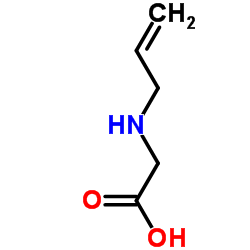 CAS#:3182-77-2
CAS#:3182-77-2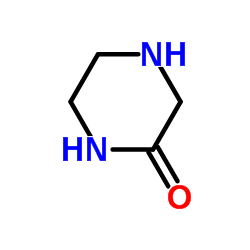 CAS#:5625-67-2
CAS#:5625-67-2 CAS#:5625-98-9
CAS#:5625-98-9
